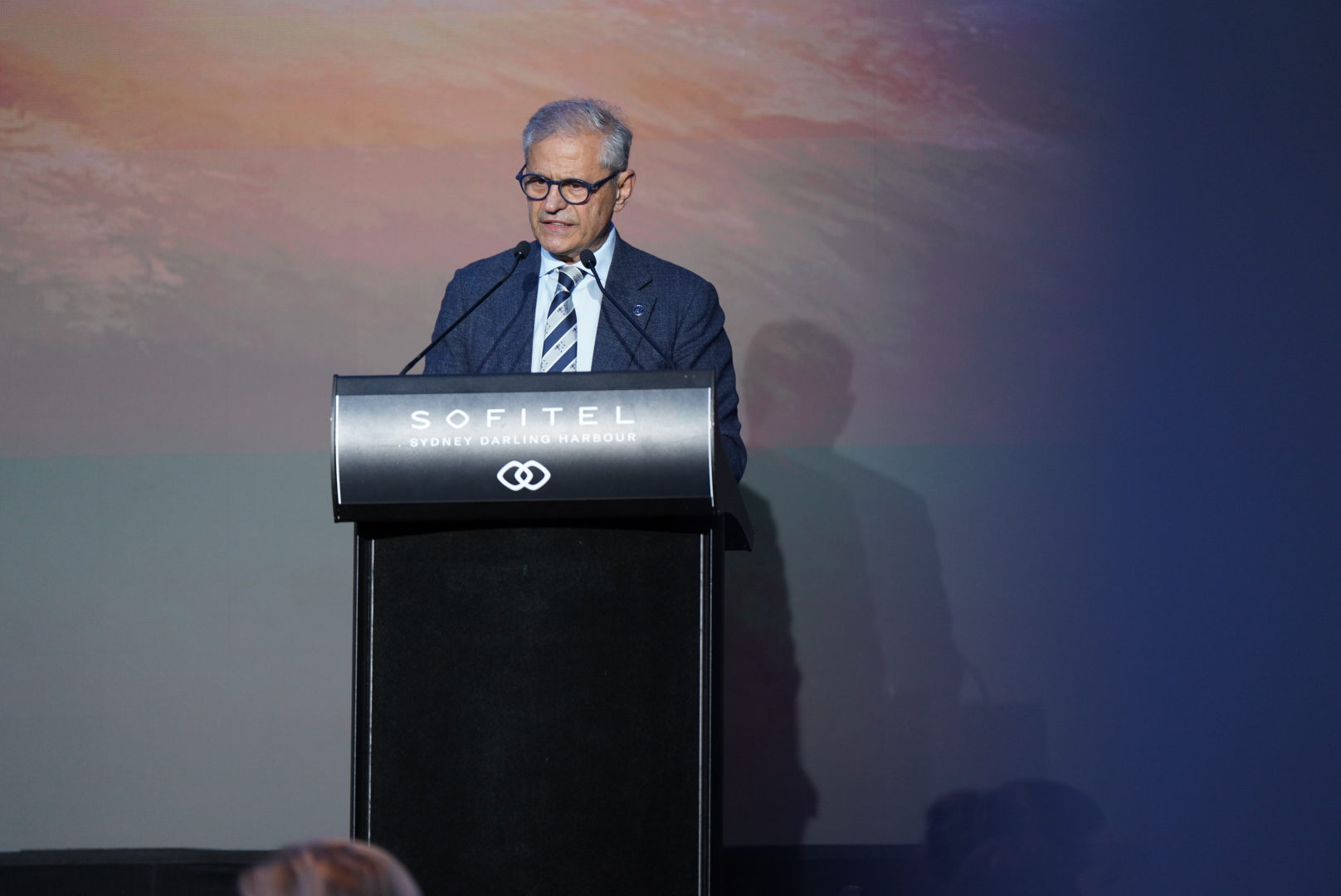The space community has welcomed the announcement of a new national space-focused innovation centre tasked with transforming space research into practical applications for Australia’s economy, society and national security.
The Australasian Space Innovation Institute (ASII) was launched during the 76th International Astronautical Congress (IAC) in Sydney this week.
Building on the success of the South Australian-based SmartSat Cooperative Research Centre (SmartSat CRC), ASII will officially begin operations in January 2026 with a mission to help unlock the potential of space innovation for Australia and the wider Indo-Pacific region.
ASII will act as a partner to connect end-users with industry and universities to accelerate and scale the translation of research into impact, while increasing the region’s space capabilities and reducing reliance on foreign services for critical space infrastructure.
The institute will use existing and emerging technologies to tackle national priorities and challenges. It also aims to boost Australia’s high-tech reputation through new developments in satellite communications, Earth observation and AI-driven autonomous systems.
As an independent, not-for-profit organisation, CEO and Managing Director Professor Andy Koronios said the institute will be dedicated to scaling the impact of space innovation with the ultimate goal of serving the public good.
“ASII is about making space matter for people on the ground,” said Professor Koronios.
“We will deploy and develop satellites, advanced communications and AI-enabled Earth observation to strengthen Australia’s digital infrastructure, transforming agriculture, mining, defence, climate resilience and community safety.
“Our mission is practical impact, sovereign capability and the public good.”
ASII will focus on programs that deliver measurable outcomes for end users while strengthening regional collaboration, including:
- Australian Agriculture National Digital Twin: A pre-competitive, AI-enabled virtual model of Australia’s agricultural landscape, the Digital Twin project integrates satellite, drone, sensor and climate data to drive productivity, sustainability and resilience. The national infrastructure will help transform research, decision-making and scenario modelling across the agricultural sector.
- Regional Space-Based Surveillance: The Takahē Project: The Takahē project is advancing sovereign maritime domain awareness with a formation-flying SAR satellite system, reducing reliance on foreign systems, strengthening regional leadership, and enhancing responses to illegal fishing, natural disasters, and grey-zone threats in the Indo-Pacific.
- Digital Infrastructure for Disaster Management: This program will establish a globally connected digital infrastructure, powered by satellite, AI, and advanced communications technologies, that strengthens emergency management and disaster resilience through real-time monitoring, predictive early warning, coordinated response, and informed recovery planning.
- Space-Enabled Digital Innovation for Regional and Remote Community Resilience: This flagship program will apply space-enabled technologies to strengthen resilience, sustainability, and wellbeing across Australia’s regional and remote communities. By integrating advanced satellite communications, Earth observation, GNSS, and IoT systems into practical solutions that support community priorities.
It is envisioned that ASII will help grow sovereign capability while lifting productivity in sectors such as agriculture, resources, defence, disaster resilience and environmental stewardship.
The ASII has emerged as an evolution of the SmartSat CRC which opened at Adelaide’s Lot Fourteen innovation precinct in February 2020.
—
Photo: Australasian Space Innovation Institute Interim CEO, Professor Andy Koronios at IAC in Sydney.




